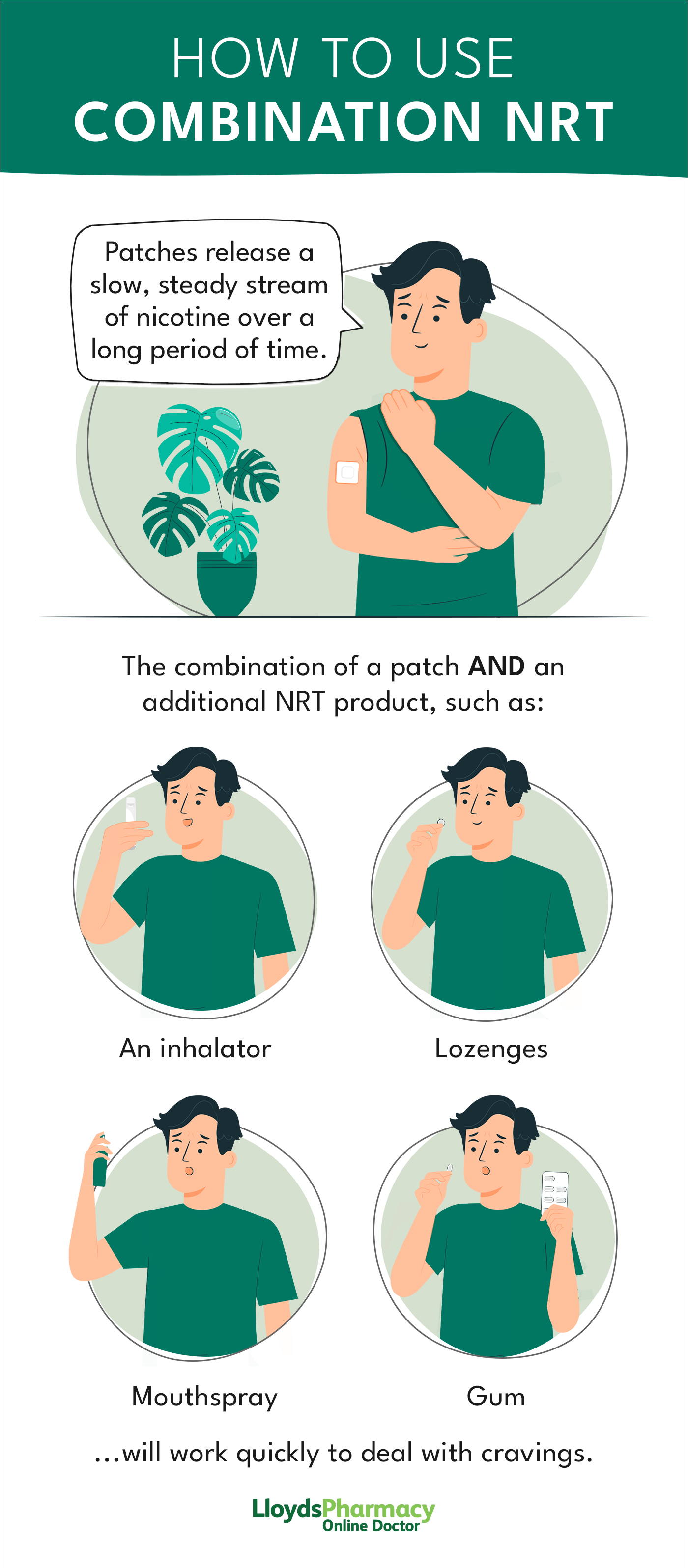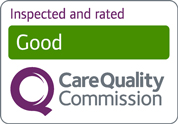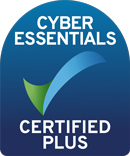Choosing the best nicotine replacement therapy (NRT) for you
Reviewed by Dr Bhavini Shah
Nicotine replacement therapy (NRT) are medicines that release nicotine to help reduce withdrawal symptoms when stopping smoking. NRT has been shown to increase the chance of successfully quitting smoking by 50-70%.
In this article we’ll explore the types of NRT available, how to use them and how you can stop smoking.
What is nicotine?
Nicotine is a stimulant drug found in tobacco products including cigarettes. It’s an addictive substance that changes how the brain works. It causes you to crave the drug, making you want to smoke more cigarettes, which makes quitting smoking difficult.
Because nicotine is addictive, when you stop smoking, you’ll experience nicotine withdrawal symptoms. These include headaches, irritability and intense cravings. NRT contains small amounts of nicotine to help manage withdrawal symptoms. Using NRT can make quitting easier.
What is nicotine replacement therapy (NRT) and how does it work?
Nicotine replacement therapy (NRT) is the name given to stop-smoking medicines that release nicotine into the bloodstream to help counter cravings and reduce other physical withdrawal symptoms when you quit (nausea, headaches, irritability, dizziness).
While NRT is effective and can help you quit but it might not work alone. Quitting requires willpower and using NRT alone may not guarantee that you quit smoking. Combining NRT with other methods like counselling or prescription treatments that don’t contain nicotine.
“Nicotine replacement therapy is a great way to quit smoking. But it’s even more effective when paired with lifestyle changes or support groups.” - Dr Bhavini Shah
How to use NRT for best results?
There are a couple of ways you can use NRT for best results:
- You can use NRT to help you cut down the number of cigarettes you smoke before you give up completely
- You can use NRT to relieve cravings once you have stopped smoking completely
NRT includes a mixture of products some release nicotine slowly and some are more fast acting. Pairing NRT products together will likely have a stronger impact. Ideally you pair a slow and steady nicotine releasing product with a faster and stronger one. Combining NRT in this way has been shown to increase quit rates by 34-54% compared to using just one form of NRT.

Generally, you should use as much NRT as you need to stop smoking. 12 weeks is the recommended stop smoking timeline. Over time you decrease the amount you use, either by using lower strengths of the products, or by using them less frequently.
Where can I get NRT?
NRT (Nicotine Replacement Therapy) is available to buy online, at your local pharmacy or supermarket. Bear in mind that certain products may have age restrictions.
You can also get NRT through the NHS Stop Smoking Service or your GP.
Who can use nicotine replacement therapy?
NRT can be used by most people, including:
- Adults and children over 12 years of age
- Pregnant women - your doctor may recommend this if they think it will help you quit
- Breastfeeding women - your doctor can advise you how to do this safely
It’s always best to speak to a pharmacist or doctor before using NRT. Some nicotine lozenges and inhalators may not be suitable for those under 18 years of age, so make sure to read product packaging and leaflets carefully.
Does NRT have any side effects?
As with any treatment there are possible side effects. The side effects of NRT tend to be mild, however if you’re worried you should talk to your GP. You may need to try a different type or brand of NRT.
Side effects can include:
- Headaches
- Dizziness
- Difficulty sleeping
- Vivid dreams
- Upset stomach
- Patches can cause skin irritation
- Nasal sprays can cause nose, throat and eye irritation
The above side effects may differ depending on which smoking products you are using so it’s always best to ask a pharmacist for advice.
Types of NRT
| NRT option | Patch | Gum | Inhaler | Sprays | Lozenges | E-cigarettes/vapes |
| How to use | Apply to your skin | Chew and then rest on the inside of your cheek | Puff on it like a cigarette | Spray directly in your mouth or up your nose | Suck and then rest inside your mouth | Inhale the vapour released by the vape |
| Benefits |
|
|
|
|
|
|
| Disadvantages |
|
|
|
|
|
|
| Side effects |
|
|
|
|
|
|
The different types of Nicotine Replacement Therapy (NRT) include chewing gum, nasal spray, mouth spray, inhalator, pouches, lozenges, vapes and patches. You should choose NRT based on your own needs and what works for your lifestyle.
Nicotine patches
Nicotine patches are suitable for use by moderate to heavy smokers who smoke throughout the day. They are simply applied to the skin, usually on the upper arm.
They work by releasing nicotine throughout the day. Nicotine patches are normally available in three strengths.
Light smokers who smoking less than 10 cigarettes per day are recommended to start at the middle strength for 6 weeks and decrease the dose to the lower strength for a further 2 weeks.
How to use nicotine patches
Generally, nicotine patches are worn on the upper arm, back or chest. The skin needs to be clean and dry; it also helps if the area is relatively hairless. This allows the patch to stick to your skin. Make sure to read and follow the instructions on the nicotine patch box as these can vary, however, only one patch should be worn at a time.
Nicotine patches can be worn for 16 to 24 hours to help prevent cravings; however, this time may vary depending on the type of patch you choose. When applying a new patch, you’ll need to stick it to a new area of skin to avoid irritation.
Where can I get nicotine patches from?
Nicotine patches can be bought online and in-store at your local pharmacy or supermarket. They can also be recommended to you as part of the NHS Stop Smoking Service. The number of cigarettes you smoke per day will determine the nicotine strength included in the patch. If you’re unsure which nicotine patch is right for you ask a pharmacist.
Nicotine patch side effects
Nicotine patches can cause irritation, redness and burning on the skin they're applied to. They should be used on a different area each day.
Side effects also include:
- Headaches
- Sleep problems
- Dizziness
- Upset stomach
Nicotine gum
Nicotine gum is suitable for people who don’t need a continuous supply of nicotine but need help with withdrawal symptoms. The gum must be chewed until it tastes strong and then placed between the gum and cheek to absorb the nicotine.
Similar to nicotine patches, nicotine gum comes in different strengths.
How to use nicotine gum
Nicotine gum isn’t used like regular chewing gum. It’s recommended that you chew the gum slowly and then you place the gum inside your cheek. This allows the nicotine to be absorbed to help fight cravings.
As with any nicotine product, make sure to read the instructions carefully, as these can vary between brands.
Where can I get nicotine gum from?
You can buy nicotine gum in pharmacies and supermarkets, both online and instore. When it comes to gum flavours and nicotine strengths the choice is yours. Simply find the right gum for you based on the number of cigarettes you smoke a day.
Nicotine gum side effects
Possible side effects when using nicotine gum:
- Mouth soreness
- Jaw pain
- Hiccups
- Stomach upset
- Nausea
- Vomiting
- Throat and mouth irritation
- Light-headedness
Using nicotine gum correctly by chewing it and then putting it between your cheek and gums should help settle any side effects.
Nicotine inhalers
Nicotine inhalers or inhalators are designed for people who like the hand to mouth action of smoking. The nicotine inhalator is used to inhale the nicotine via your mouth.
Nicotine inhalators are used as and when you get a craving and are good for those that like to keep their hands busy. Please note a maximum usage of 12 cartridges daily.
How to use nicotine inhalers
An inhaler or inhalator replaces the hand-to-mouth action of smoking a cigarette. When you puff on an inhaler it releases nicotine into the body to help reduce cravings. You can either take deep breaths or shallow puffs on the end of your inhalator, it’s up to you.
Make sure to read the instructions carefully before use and choose the right nicotine content based on your current smoking habits.
Where can I get nicotine inhalers?
As with other forms of NRT, inhalers can be bought online, in your local pharmacy or supermarket. If you’re not sure which one would be best for you ask a pharmacist for advice.
Nicotine inhaler side effects
Nicotine inhalers can cause side effects, however this has more to do with the nicotine than the inhalers themselves. Side effects include:
- Mouth/throat irritation
- Coughing
- Runny nose
- Headaches
- Hiccups
- Stomach upset
Nicotine sprays
Nicotine sprays give a quick hit of nicotine when you have a craving. There are different types of sprays – mouth and nasal. The nicotine enters your bloodstream through your nose or mouth lining dependent on the type of spray you use. They’re available in different strengths and flavours and can be combined with patches.
How to use nicotine spray
Make sure to follow the instructions included with your nicotine spray. This will also tell you how many sprays to use.
Typically, you can use one spray when you feel the urge to smoke or vape. You shouldn’t spray it on your lips as you may feel a burning sensation. The nicotine is absorbed through your mouth lining to give a fast burst of nicotine.
Where can I get nicotine spray?
Nicotine sprays can be bought over the counter online at pharmacies and supermarkets. If you’re not sure if a mouth or nasal spray is right for you, speak to a pharmacist.
Nicotine spray side effects
Side effects are similar whether you’re using a mouth or nose spray. These can include:
- Nose, mouth and throat irritation
- Coughing
- Sneezing
- Runny nose
- Watery eyes
- Headaches
If you have a pre-existing nasal condition, you may not want to use a nose spray. Speak to a pharmacist if you’re not sure what is right for you.
Nicotine lozenges
Nicotine lozenges are hard tablets that look a bit like a boiled sweet. They contain small amounts of nicotine, which when placed between the gum and cheek, will be absorbed into our body.
Lozenges give fast, short bursts of nicotine and can be used alongside patches. They’re ideal to use when you’re craving a cigarette.
How to use nicotine lozenges
Do not eat or drink for 15 minutes before you use a lozenge. You put a nicotine lozenge in your mouth between your gum and cheek. Nicotine is absorbed into your bloodstream.
You shouldn’t use a lozenge right after you have finished one as this can lead to side effects. You shouldn’t chew or swallow the lozenge. Make sure to read the instructions included in the pack before using lozenges.
Where can I get nicotine lozenges?
Nicotine lozenges are available to buy online, at your local pharmacy or supermarket.
Nicotine lozenges side effects
Not everyone will experience side effects when using nicotine lozenges. However, side effects can include:
- Nausea
- Heartburn
- Hiccups
- Headaches
- Coughing
Nicotine lozenges vs microtabs
Microtabs are small tablets that are placed under the tongue. Rather than between the gum and cheek like microtabs. They’re smaller than lozenges making them a more discreet option for people.
Nicotine pouches
Nicotine pouches are small bags containing nicotine and typically flavourings. They're a relatively new product on the market and are not recommended as a stop smoking aid due to lack of research.
How to use nicotine pouches
Nicotine pouches are placed between the lip and gum. This allows nicotine to be absorbed into the blood stream. They come in different dosages and strengths depending on how much you smoke.
Where can I get nicotine pouches?
You can buy pouches online; however, you should speak to a doctor or pharmacist before using pouches. Currently there is limited research into how effective they are and therefore not recommended.
Nicotine pouches side effects
Nicotine patches can cause mouth irritation and sore gums.
eCigarettes and vaping
eCigarettes and vapes look like real cigarettes but contain nicotine in liquid form and a battery-operated heater. When the liquid nicotine is heated up, it emits a vapour, which you inhale. Vapes can be a helpful way to cut down the number of cigarettes you smoke before quitting smoking for good.
How to use eCigarettes and vapes
How you use an e-cigarette or vape will depend on whether you’ve chosen a liquid filled or cartridge device. Simply follow the instructions on the box to set up your e-cigarette/vape or fill it with e-liquid. Once ready to go you can switch it on and draw on the mouthpiece like you would a cigarette.
Where can I get eCigarettes and vapes?
Although e-cigarettes and vapes are not a form of nicotine replacement therapy as they’re not available on prescription from your GP. They are an option to help you quit smoking. They’re available from retailers online and on the high street including your local pharmacy. If you’re not sure if an e-cigarette or vape is right for you, speak to a pharmacist.
eCigarette and vaping side effects
Vaping can cause side effects such as:
- Coughing
- Headaches
- Dry mouth and throat
- Mouth and throat irritation
- Shortness of breath
Making changes to how you vape and the e-cigarette you use could help with side effects. Ideally you should not stop vaping if it’s stopping you from smoking.
Prescription stop smoking medication
Prescription medication like Cytisine and Varenicline can help you to quit smoking. They don’t contain nicotine but instead mimic the function of nicotine, helping eliminate cravings and withdrawal symptoms.
Cytisine
Cytisine is an effective tablet that’s available with a prescription. They can double your chances of quitting smoking by relieving withdrawal symptoms and cravings.
Varenicline
Varenicline is a prescription only stop smoking treatment. Taken daily, in studies they have helped 46% of participants quit smoking. They don’t contain nicotine but can relieve cravings and withdrawal symptoms.
These medications are available through our service. Simply fill in the online questionnaire and one of our clinicians will review your responses to confirm if it’s appropriate to prescribe you the medicine.
Conclusion
Quitting smoking is one of the best things you can do for your health. Whether you decide to quit with prescription treatments or Nicotine Replacement Therapy there’s plenty of support out there to help you reach your goals.
References
https://www.nhs.uk/conditions/stop-smoking-treatments/
https://www.ncbi.nlm.nih.gov/pmc/articles/PMC5003586/
https://www.nhs.uk/better-health/quit-smoking/stop-smoking-aids/
https://pubmed.ncbi.nlm.nih.gov/34177413/
https://www.cdc.gov/tobacco/campaign/tips/quit-smoking/quit-smoking-medications/how-to-use-quit-smoking-medicines/



